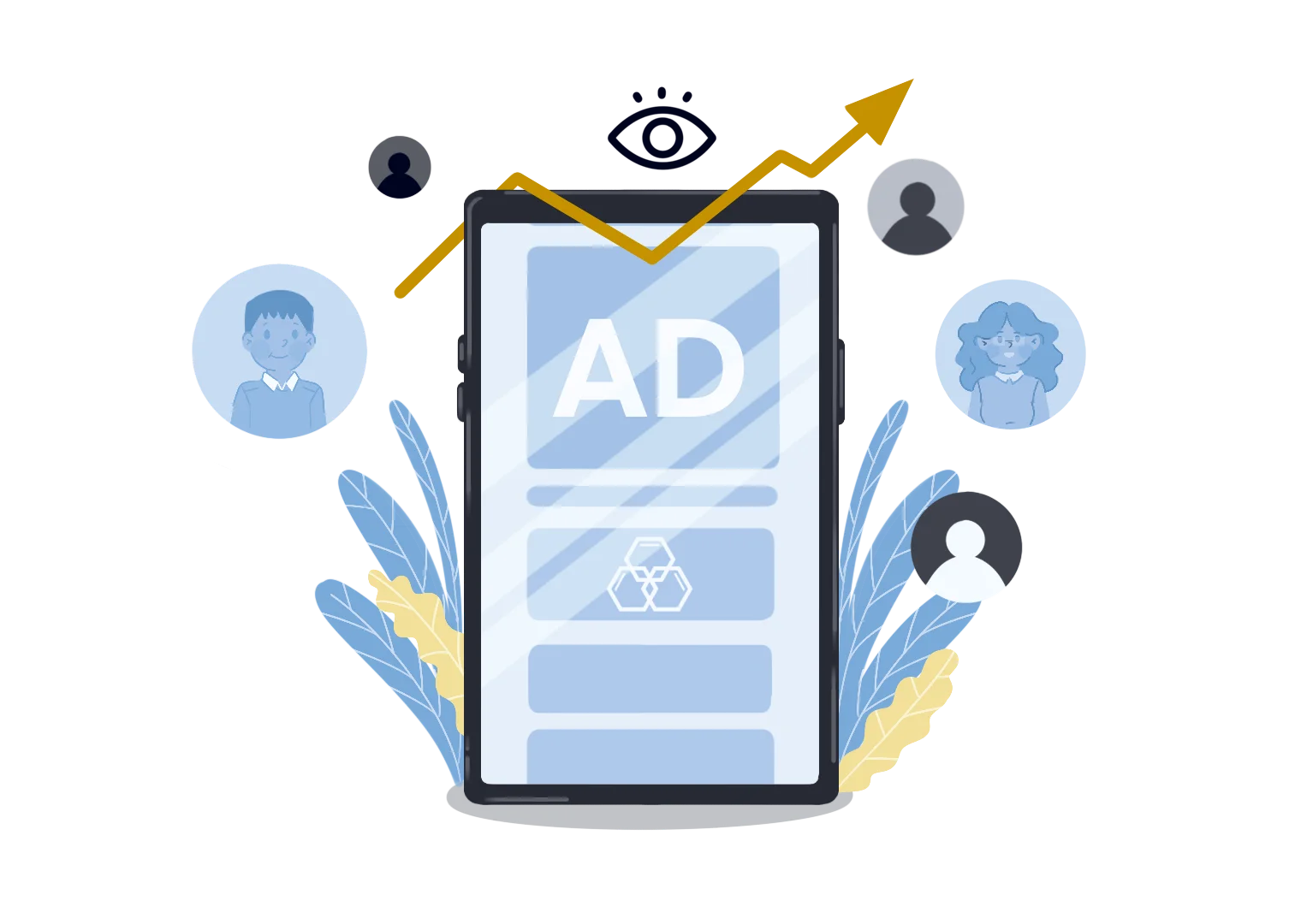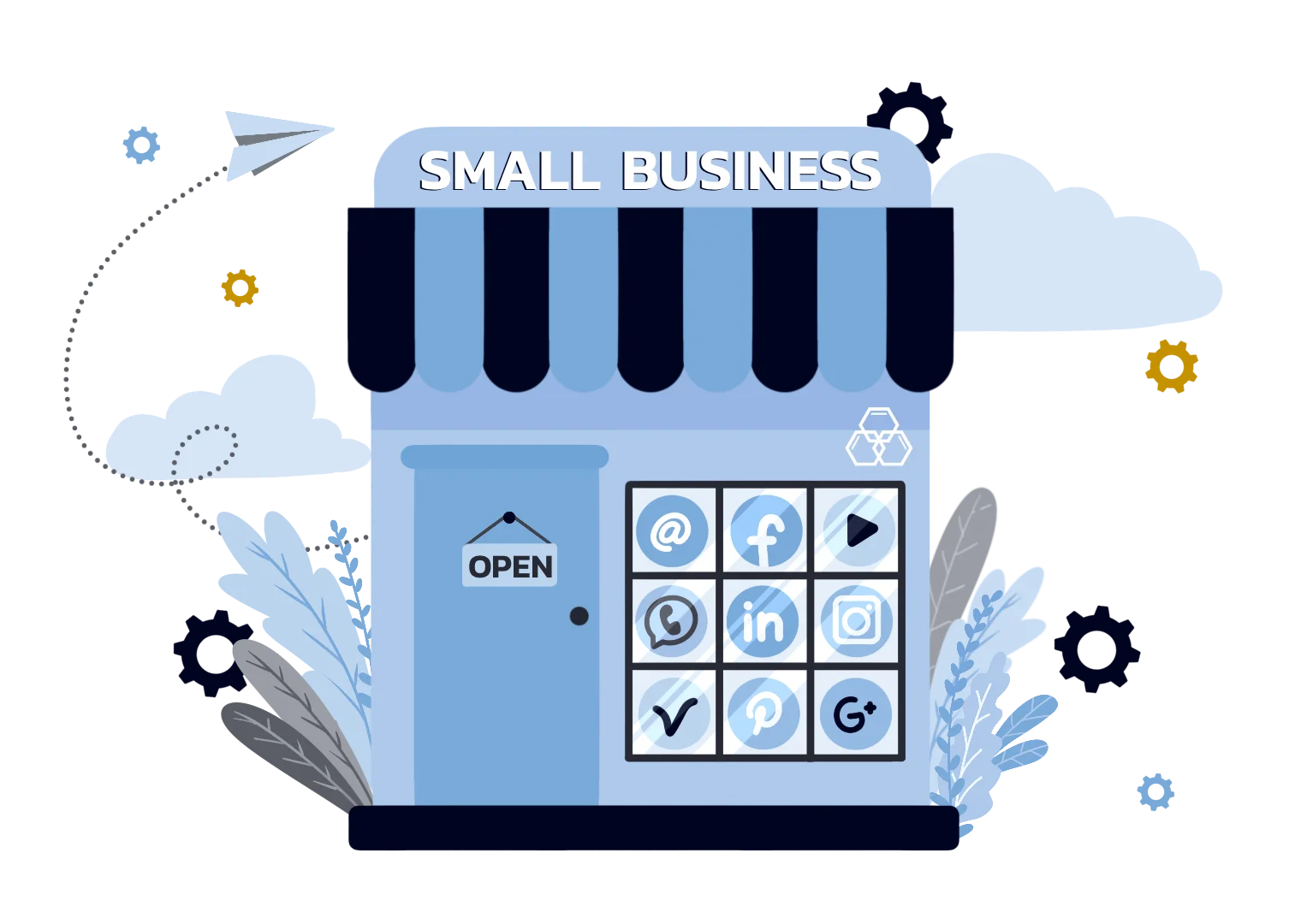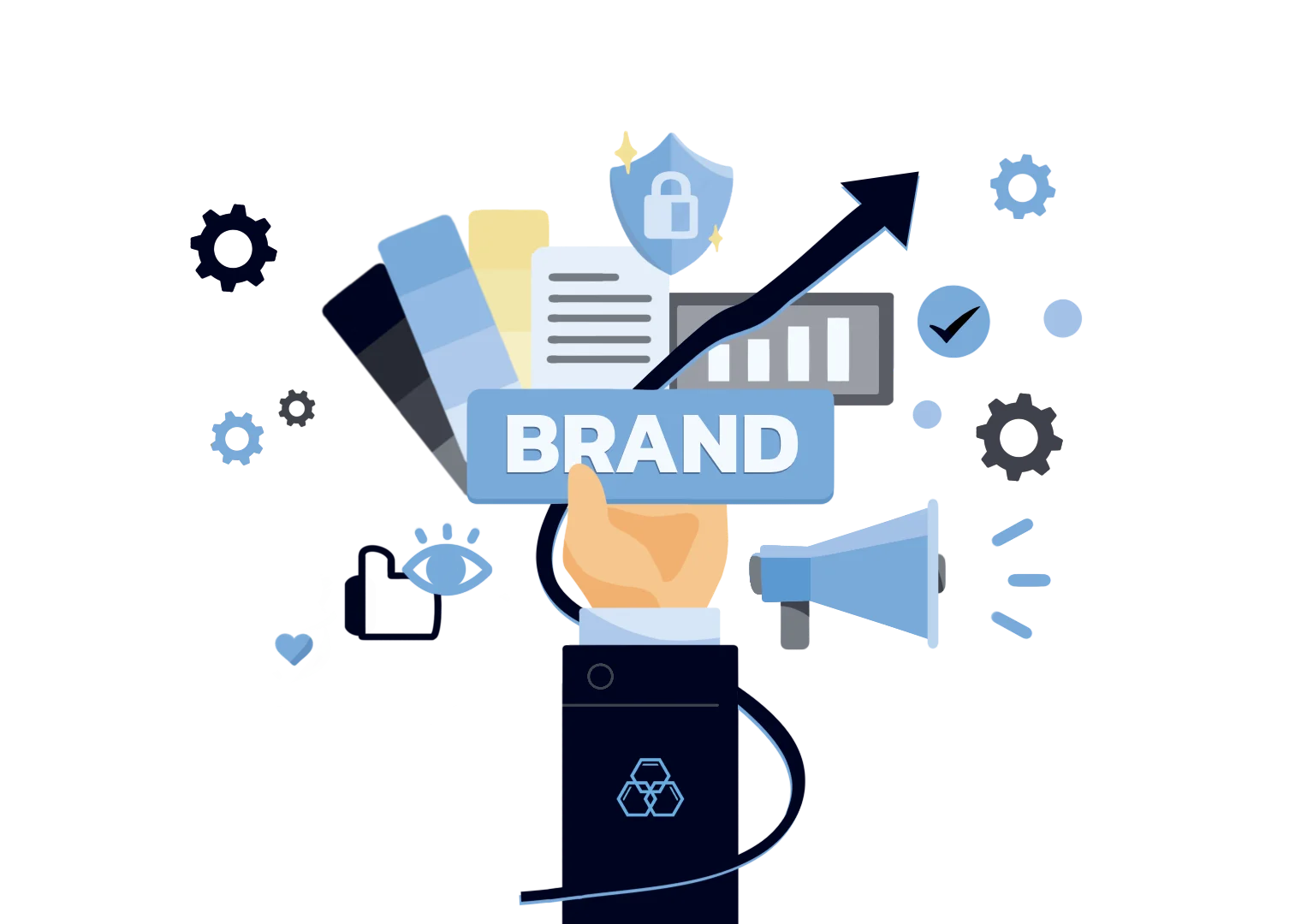
What is Advertising?
Advertising is a marketing tactic that allows businesses to reach a large audience with their message. Businesses use advertising to promote and highlight their brand, products, or services to a broad community of people. Advertising raises a business's brand awareness, generates new audience leads, increases sales, and more.
There are various media channels, different types of ways to make ads. Modern advertising industry made sure that you have the exact methods that work best for your brand. Here's most of them:
- Search Engine Marketing (SEM): Paid advertising that appear on search engine results pages (like Google), to navigate audience to your owned media like a website. Advertisers bid on keywords.
- Pay-Per-Click (PPC): The most common SEM model, where the advertiser pays only when a user clicks the ad.
- Display Advertising: Banner or visual ads on websites, apps, and social media. Often bought through programmatic platforms.
- Social Media Advertising: Paid ads on platforms like Facebook, Instagram, X (Twitter), LinkedIn, TikTok, and Pinterest. Highly targetable based on user data.
- Video Advertising: Includes pre-roll ads (before a video), mid-roll ads, and sponsored content on platforms like YouTube, TikTok, and streaming services.
- Native Advertising: Ads designed to match the look, feel, and function of the media format in which they appear (e.g., sponsored articles, promoted listings).
- Affiliate Marketing: Performance-based advertising where a publisher (affiliate) earns a commission for traffic or sales generated from their referral.
- Email Marketing: Sending commercial messages directly to a list of subscribers. Used for promotions, newsletters, and customer retention.
- Television Advertising: Ads broadcast on linear TV or cable channels. Includes spots (15s, 30s), sponsorships, and infomercials.
- Radio Advertising: Audio ads broadcast on AM/FM or satellite radio stations. Relies on sonic branding and repetition.
- Print Advertisements: Ads placed in physical publications like newspapers and magazines.
- Billboards: Large, static or digital signs along highways and high-traffic areas.
- Direct Mail: Physical promotional materials (postcards, catalogs, letters) sent via postal service to a targeted mailing list.
- Influencer Marketing: Partnering with individuals who have a dedicated social following to promote a product or service authentically to their audience.
What is an Ad Creative?
An ad creative refers to the design and content of an ad. It's what makes an ad stand out and catches consumers' attention.
Great advertising is about creating ad creatives that capture attention and persuade most people to take action. The most effective ad creative is often unexpected and provocative, with a clear call to action.
Whatever approach you take, make sure your ad creative is relevant to your audience and what specific product or service you are selling. You can reach new heights in your advertising campaigns with the right ad creativity.
Why does Advertising Matter?
1. It Builds Brand Recognition & Visibility
Being recognized is the first and most crucial step in the customer journey; you can’t be chosen if you’re not known. Advertising places your brand in front of your prospective customers, repeatedly and at scale. It transforms your business from an unknown entity into a familiar, visible option in the marketplace.
2. It Shapes and Defines Brand Identity
Advertising is how you tell your story, communicate your values, and position yourself against competitors. It’s your direct control over the narrative. Through consistent sales messages and creative visuals, advertising shapes how consumers perceive your brand’s personality, quality, and purpose, building a distinct identity in their minds.
3. It Drives Revenue and Fuels Growth
Ultimately, advertising is a growth lever. By promoting products, highlighting offers, and reaching new audiences, it directly generates leads and sales. A strategic campaign moves customers from consideration to purchase, increasing market share and providing the revenue needed to innovate, expand, and thrive.
4. It Creates and Nurtures Customer Loyalty
Advertising doesn’t stop after customer acquisition. Retargeting campaigns, loyalty program promotions, and brand storytelling remind customers why they chose you. This ongoing communication nurtures relationships, increases customer lifetime value, and turns one-time buyers into passionate, repeat advocates who champion your brand.
5. It Provides a Competitive Edge
When competitors are advertising and you are not, you cede the conversation to them. Active advertising allows you to assert your unique value proposition, respond to market shifts, and defend your position. It ensures your brand remains relevant and top-of-mind, making it harder for competitors to lure your customers away.
Essential Elements all Creatives need in Your Marketing Strategy
It would help keep a few crucial aspects in mind when you start creating ad campaigns. To make engaging and great advertising, ensure these key components are included.
Goal
Before you even start thinking about designing your ad, you need to have a clear purpose in mind. What are you trying to achieve with this one campaign? Are you trying to increase brand awareness, promote a new product, or drive sales?
Once you know your ultimate goal, you can start developing a creative concept to help you achieve it. Remember that your ad should be memorable and attention-grabbing, but it must also be relevant to your target audience.
If your ad doesn't align with your purpose, it will not be effective. So take some valuable time to think about what you want to accomplish before you start working on your design. Usually, you and your creative strategist will have already predetermined these goals.

Target Audience
Advertisers need to know who their target audience is before they can create an effective advertising campaign. This is why it's essential to conduct market research to look into the demographics and psychographics of your target audience.
- Demographics refer to statistical characteristics, such as age, gender, income, etc.
- Psychographics refers to the psychological factors of a population, such as personality type, values, interests, etc.

Understanding the demographics and psychographics of your target market segment enables you to target your advertising effectively. As an example, older age groups appreciate print advertising more, and younger ones often visit digital platforms, so ads in these spaces are more effective.
If you're targeting young adults, you'll want to use more youthful and hip advertising campaigns. If you're targeting senior consumers, on the other hand, you'll want to use advertising that is more respectful and subdued. It's also important to understand if you're advertising to a global, national, or local market.
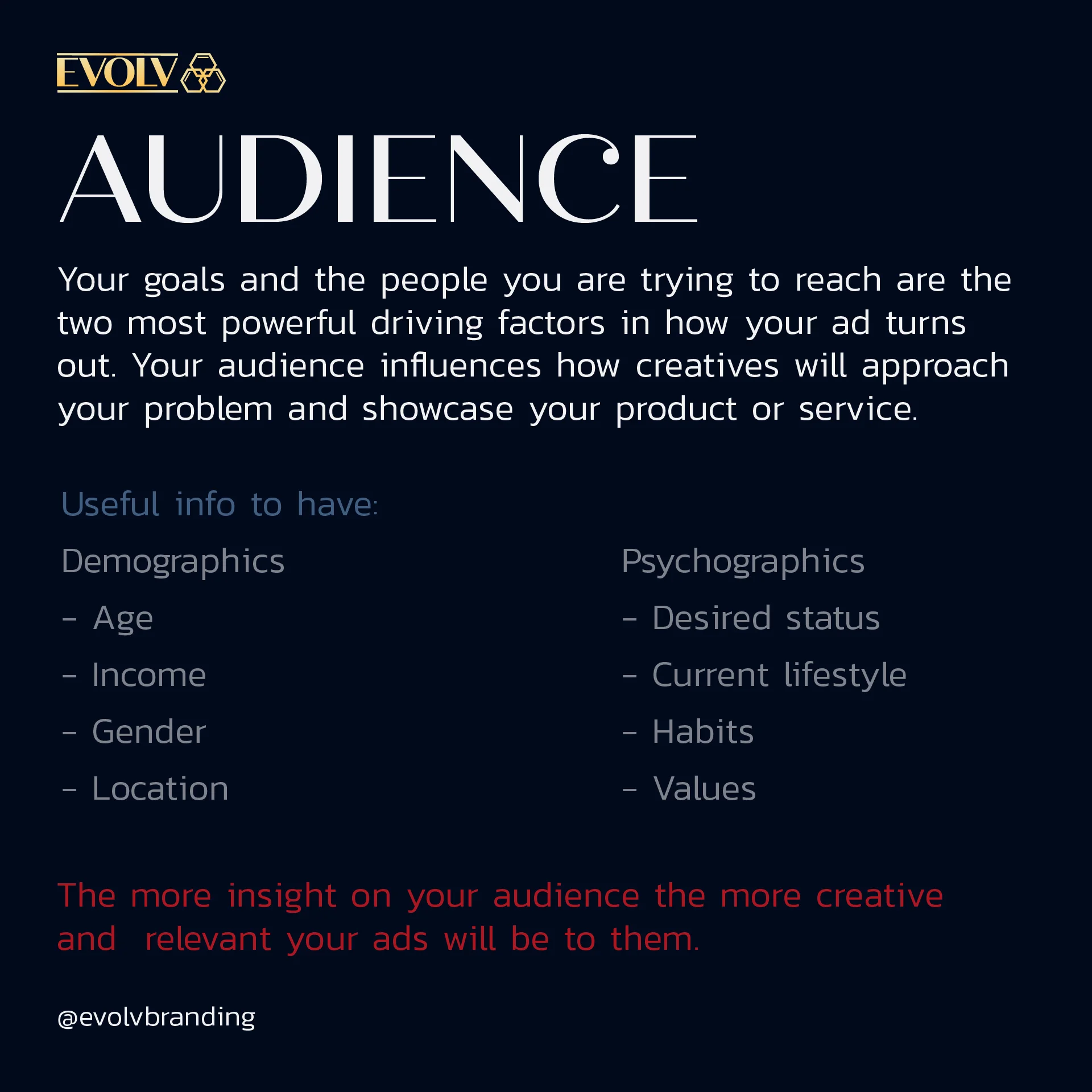
Format
No matter what you're designing - be it a print ad, website, a pamphlet, or a business card - it's essential to keep the format in mind. Different platforms have different requirements, and if you don't consider those from the start, you'll have to redo a lot of work later.
For example, the top-performing ad sizes according to Google are 300x250, 728x90, and 160x600. Of course, there's no guarantee that these sizes will work for every company and campaign. However, if you're unsure where to start, these ad sizes are an excellent place to begin.
Make sure you know the dimensions and file types that are supported by the platform you're using and any advertising limitations or features that are unique to it. Once you have all that information, you can start working on your promotional activities, knowing they will meet all the requirements.

Call To Action
When it comes to ad creatives, a call to action (CTA) is essential to lead customers down your journey and sales funnel.
Your CTA should be clear, concise, and actionable. For example, if you're selling a product, your CTA could be "Buy Now." If you're promoting a service, your CTA could be "Learn More."
Regardless of what you're selling, ensure that your CTA is relevant to your target audience and reflects your ad campaign's overall tone and messaging. You'll be more likely to achieve your desired results by including a strong CTA in your ad creatives.
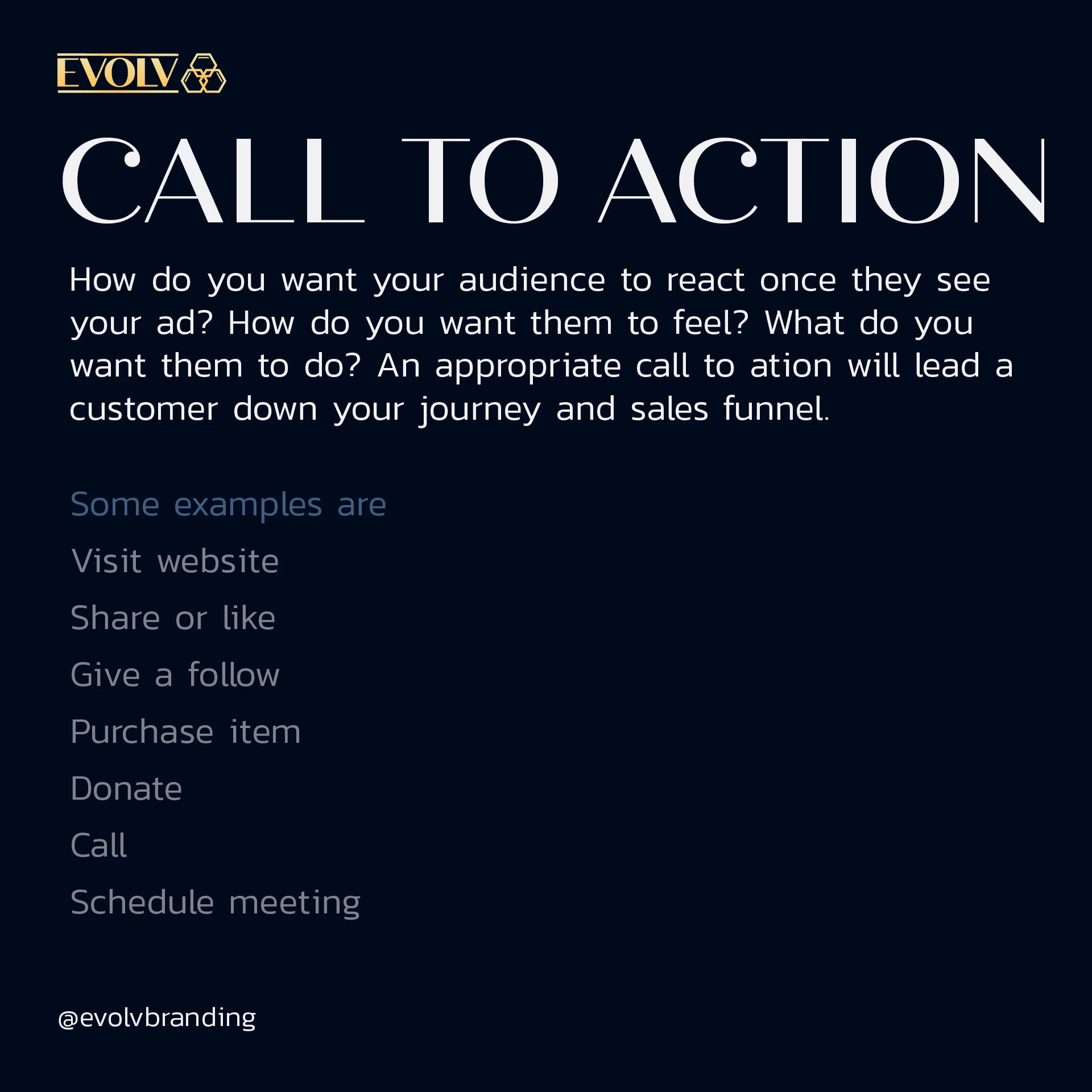
Copy Writing
Copywriting is the art of creating compelling, attention-grabbing content for ads, brochures, websites, and any other type of marketing collateral. An effective copywriter knows how to capture their target audience's attention and communicate their client's key advertising messages in a compelling and informative way.
There are a few things to keep in mind when copywriting. Headlines are usually the first things most people see, so making them count is essential. The body copy should be clear and concise, and persuasive without being pushy. Importantly, taglines keep a campaign together. And last, a call to action lets target customers know the next step.

Logo and Brand
Creating a solid brand identity is essential for any business, large or small. A well-designed logo and branding can help you stand out from the competition and build recognition for your company.
But it's not just about creating a pretty logo - your brand strategy should be at the heart of everything you do. Every touchpoint should reflect your brand values and personality, from your website and advertising strategy to how you answer the phone.

Brand Style Guide
Your brand's style guide is an excellent resource for staying on brand. It should include your brand's tone of voice, colors, positioning, values and beliefs, and imagery. Use it as a reference when creating more content or making changes to existing content.
Ultimately, this will help ensure that your marketing efforts remain consistent across all channels. When potential customers see a consistent brand, they are more likely to trust and engage with it. So take the valuable time to create a brand style guide that accurately reflects your brand's identity. It will be worth it in the long run!
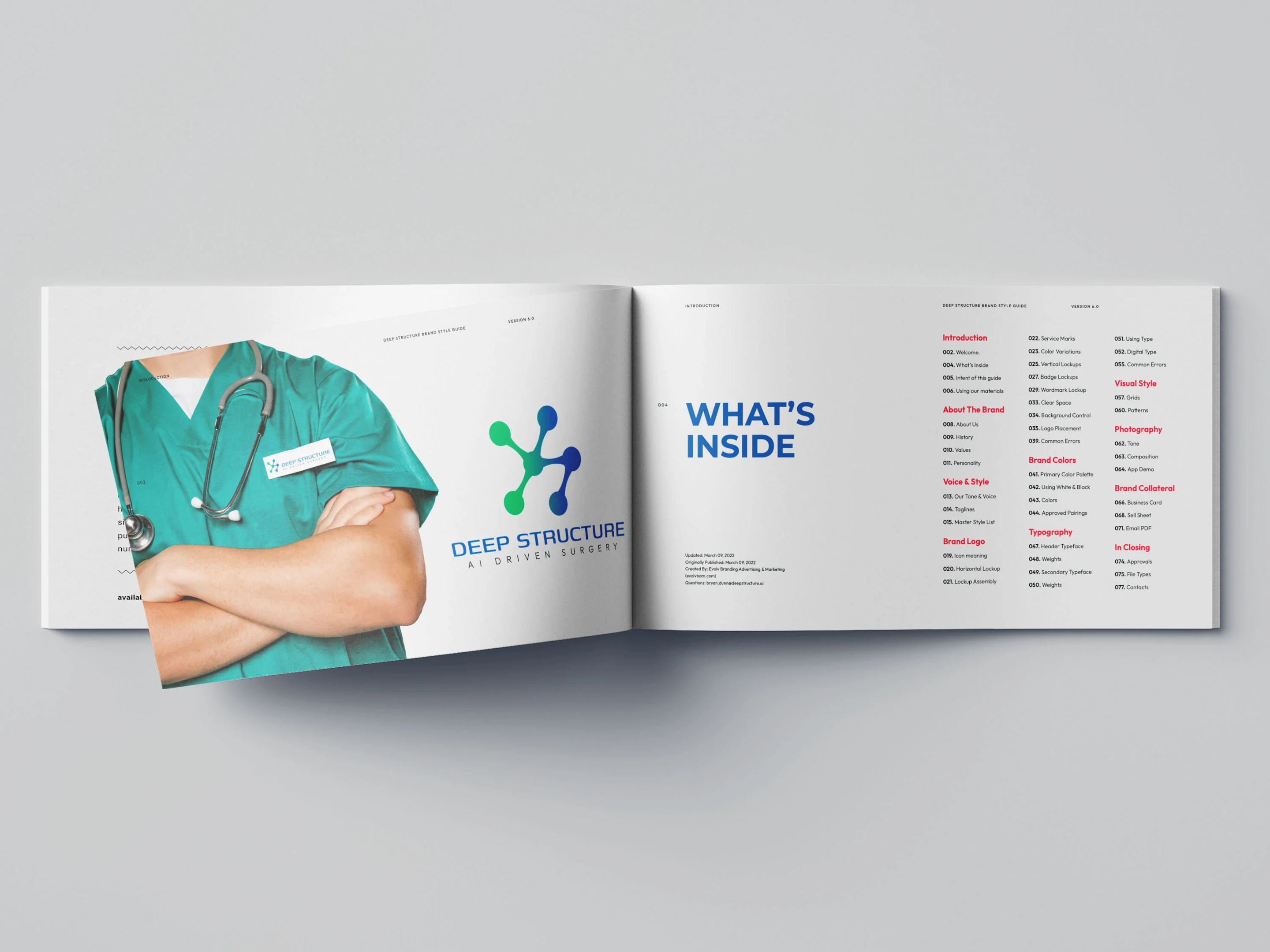
FAQs
1. What is the main purpose of advertising?
The main purpose of advertising is to inform, persuade, and remind a target audience about a product, service, brand, or idea in order to drive awareness, influence purchasing decisions, and build long-term brand loyalty.
2. What are the types of advertising?
Advertising can be categorized into several broad types:
- Digital Advertising: Online advertising campaigns like social media ads, search engine marketing (SEM), display ads, video ads, email marketing.
- Traditional Advertising: Television commercial, radio, print (local newspapers, magazines), billboards, direct mail.
- Outdoor Advertising: Ad spaces like billboards, transit ads, and street furniture.
- Product Placement: Integrating brands into TV shows, movies, or videos.
- Influencer & Content Marketing: Leveraging personalities or valuable content to promote a brand.
- Guerrilla Marketing: Unconventional, low-cost, creative tactics to generate buzz.
3. What is the most popular type of advertising?
Currently, digital advertising (especially social media advertising and search engine advertising) is the most popular and fastest-growing type due to its targeting capabilities, measurability, and widespread internet and mobile device usage. Mobile advertising is also rising as an opportunity for small businesses.
4. What is the best method to advertise?
There is no single "best" method—it depends on:
- Target audience (where they spend time)
- Budget
- Campaign goals (brand awareness, leads, direct sales)
- Product/Service type
Often, an integrated marketing approach combining multiple methods (e.g., digital + traditional) tailored to the audience is most effective.
5. What are the 4 pillars of advertising?
While models vary, a common framework for effective advertising rests on:
- Target Audience – Knowing exactly who you are speaking to.
- Message – Clear, compelling, and relevant content or value proposition.
- Creative Execution – The visual, audio, and textual design that captures attention.
- Media Strategy – Choosing the right channels and timing to reach the audience effectively.
Make Better Ads with a Digital Advertising Agency
The most important thing to remember when creating ads is that they are only tactics for building brand awareness. Ads should be creative and attention-grabbing, but also relevant to your target audience.
If your ad is not relevant to the people you are trying to reach, it will be ignored. Likewise, if your ad is poorly crafted, it will be ignored. The best ads are both relevant and well-executed.
And this can get difficult.
Working with Evolv, you gain immediate access to a full team of specialized talent: strategists and creatives, and data analysts—without the overhead of building this team in-house. We bring an objective, outside perspective to your brand, helping to identify opportunities and fulfill business objectives.
We use effective processes and hold ourselves accountable; our clients can confirm this. Alongside access to top tools and industry connections, Evolv is a cost-efficient option for your brand than managing an in-house team. This allows your team to focus on core tasks while we run campaigns quickly and efficiently.
Let us know how Evolv can help you dominate the digital marketplace!
Also check out our blog and be updated with the latest marketing insights.

